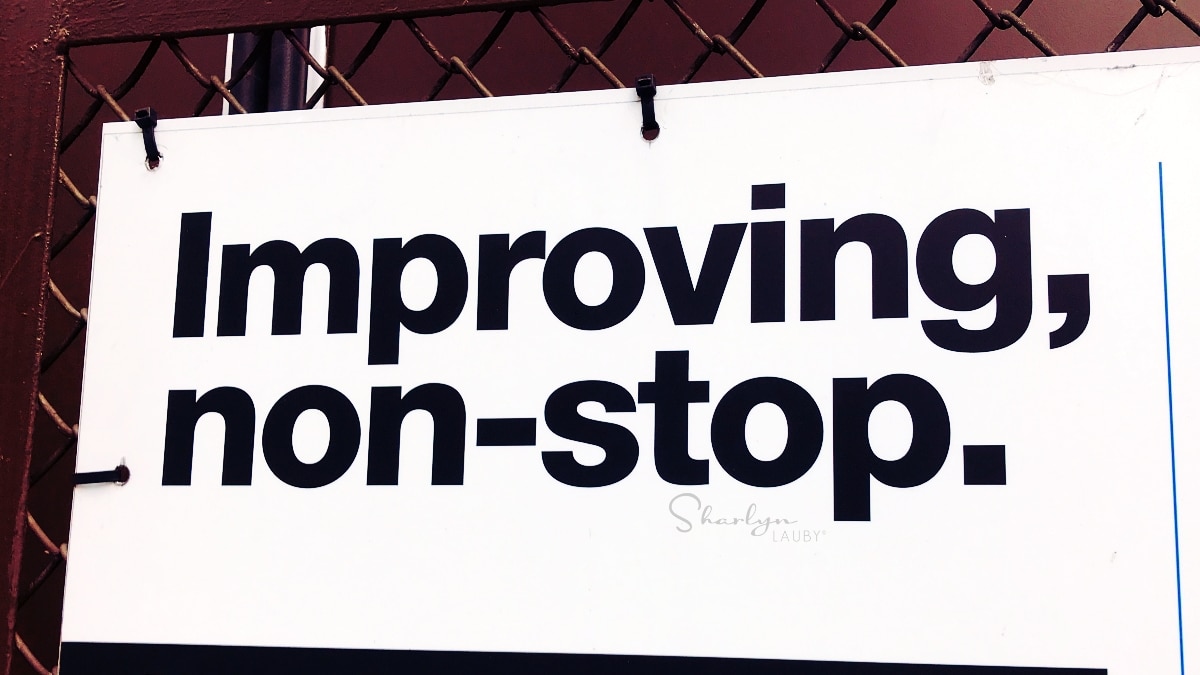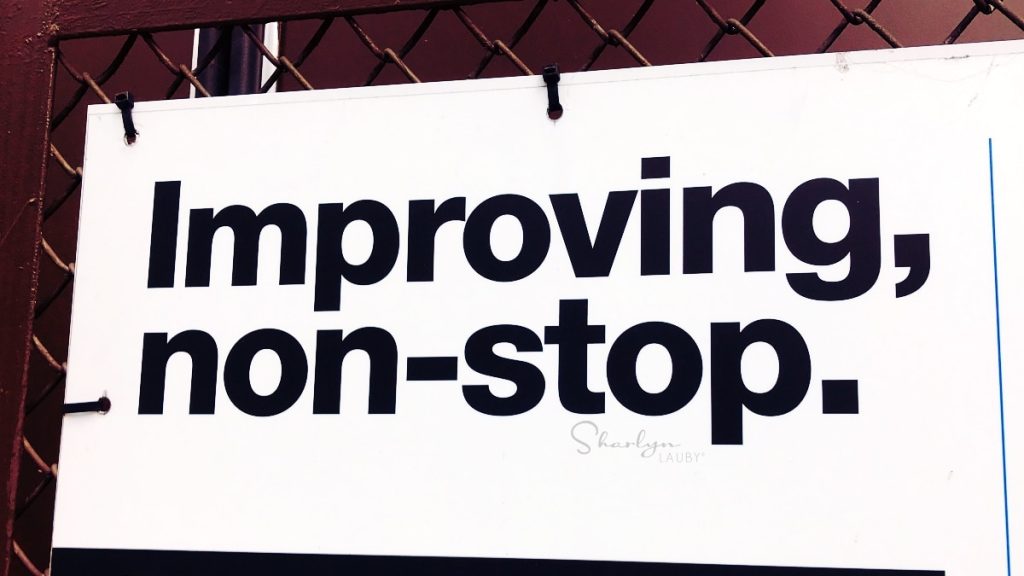
Estimated reading time: 3 minutes
For many organizations, it’s planning and budget season. It’s the time of year when we’re thinking about what we want to accomplish in the year ahead. That’s great. We need to have those conversations.
One of the things that could be helpful during the planning process is remembering the definitions of goals, objectives, and outcomes. At first glance, there might not be anything wrong with using the words as synonyms. They’re all focused on achievement, right? Not a big deal. But then again, maybe it’s worth taking a moment to differentiate them to bring clarity to budgeting conversations. Here are the definitions of each with an example:
Goals are an observable and measurable end result having one or more objectives to be achieved. Goals are typically broad in scope. For example, an organization might have a goal to “increase profits”. Or an individual might have a goal to “become certified”.
Objectives are a specific result you’re trying to achieve within a time frame and with available resources. They’re considered more specific and easier to measure than a goal. One way to think of objectives is these are the steps you will take to achieve the goal. Using the examples from above, an organization’s objective might be to “call all existing customers during Q3 with a special promotion to increase sales.”. For an individual, the objective might be to “research all relevant HR certifications and register to take the exam before the end of the year.”
Outcomes are the measurement and evaluation of an activity’s results against their intended or projected results. Outcomes are what you hope to achieve when you accomplish the goal. Again, using the above examples, the organization’s outcome might be to “increase profit by 50% over last quarter”. That’s what the company is trying to do. For an individual, the outcome could be to “get a pay increase” or “get a new job” as a result of earning a certification.
Organizations might be able to create more relevant goals if they focus on outcomes first. For instance, what are the business outcomes for HR? And how are they using those outcomes to create goals?
The same questions apply to employes. Managers spend a lot of time talking with employees about goals. And that’s good. But do managers spend time talking with employees about outcomes? Do employees know how their goals not only align with the organization’s goals BUT also with business outcomes? A key principle of employee engagement is that employees need to see the how their work has value. When managers are talking with employees about value, are they framing it in the context of the organization’s outcomes? Something to consider.
Every organization is different so I don’t know that I can completely answer these questions for each organization. But I do believe the questions are worth asking. Regardless of the employment rate, today’s talent landscape is very competitive and that means HR departments will be asked to deliver at higher levels. The way to create a high performing HR function is by focusing on business outcomes.
Image captured by Sharlyn Lauby while exploring the streets of Manhattan, NY
The post Use Goals, Objectives, and Outcomes for Better Business Results appeared first on hr bartender.






![Productivity Series [Part 2]: The 3/3/3 Method Keeps You On Schedule](https://som2nypost.com/wp-content/uploads/2025/04/Productivity-Work-It-336x220.jpg)
